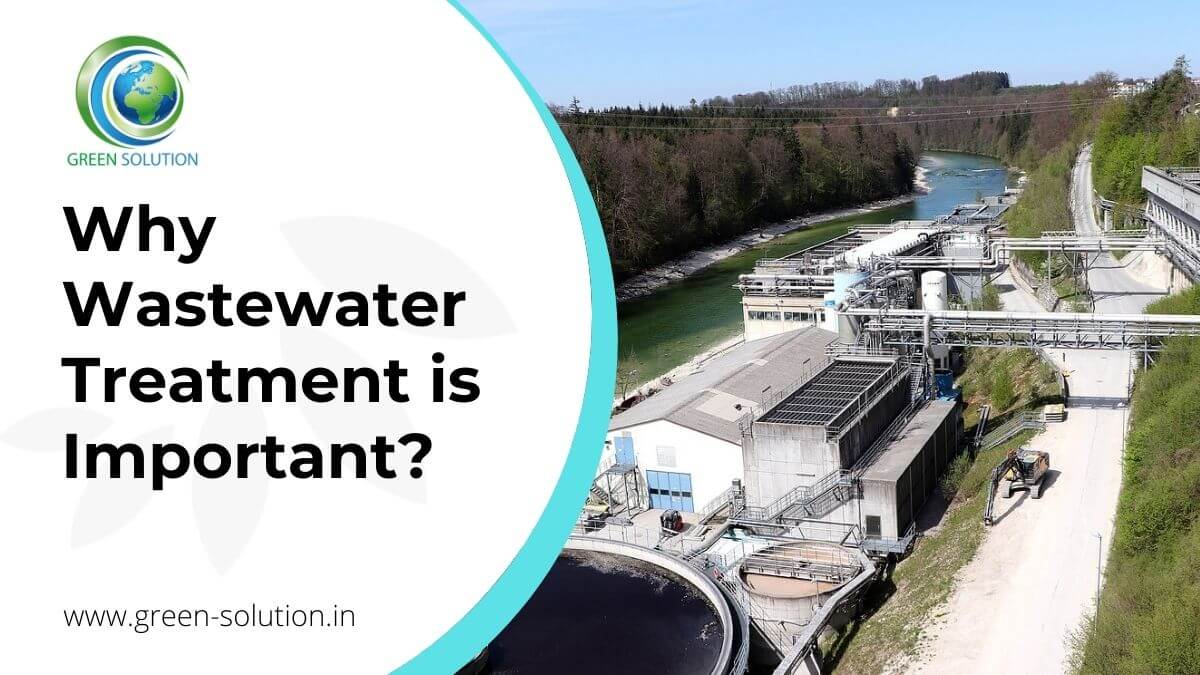Top Guidelines Of Reclaim Waste
Top Guidelines Of Reclaim Waste
Blog Article
The Reclaim Waste Statements
Table of ContentsThe Facts About Reclaim Waste RevealedUnknown Facts About Reclaim WasteThe Basic Principles Of Reclaim Waste Reclaim Waste - An OverviewSome Ideas on Reclaim Waste You Should KnowUnknown Facts About Reclaim Waste

Never put hazardous materials down sinks, toilets or stormwater drains pipes Compounds including petrol, oil, oil, chemicals and herbicides, and solvents such as paint strippers must not be poured down sinks, bathrooms or stormwater drains pipes. These substances are challenging to get rid of in the sewage therapy procedure and trigger air pollution issues in our neighborhood waterways.

Although fluid waste is a term that covers a broad variety of materials, there's an excellent factor why leaving its disposal to the professionals is suggested. Liquid waste is non-solid product that has no further use and needs to be dealt with and taken care of according to local, state and federal laws.
All about Reclaim Waste
Instances of liquid waste can include wastewater, fats, oils or grease, used oil, liquids, solids, gases or sludges and hazardous family fluids, there are some that are taken into consideration to be much more harmful than others when it comes to the setting and the wellness of animals and humans alike. It's therefore that each state and region have actually strict policies linked to fluid waste monitoring.
Fluid waste can be kept in holding tanks or packaged in drums, intermediate bulk containers or accepted tiny containers before either being treated or gotten rid of by means of outsourced vacuum vehicles. Offered the nature of the products, fluid waste can not go in the general waste stream and there are strict regulations on how to throw away it correctly.
(https://reclaimwaste1.wordpress.com/2024/11/12/efficient-liquid-waste-disposal-in-melbourne-reclaim-wastes-expert-solutions/)Depending on a determination of the degree of danger, it might be needed to remediate those sites. Additionally, dangerous liquid chemical wastes are controlled waste and must be tracked based on the state waste regulations. Under the chain of safekeeping and responsibilities, proprietors are responsible and accountable for waste generated by an organization.
One of the core applications for superabsorbent polymers (SAPs) why not try these out is fluid waste solidification. liquid waste disposal. SAPs are utilized by waste monitoring professionals to protect against potentially unsafe fluids from getting in waterways, groundwater aquifers, and other delicate environments. Since fluids can rapidly deliver contaminants right into ecological receptors and potentially add to geotechnical failures, liquid wastes are generally banned from disposal in garbage dumps
Our Reclaim Waste Diaries
Essentially, complimentary fluids are fluids that divide from the solid section of waste product. Fluid waste can consist of the following: HDD mud and cuttings Land fill leachate Wastewater therapy sludge & biosolids Dug up debris Oil and gas drill cuttings Settling pond muck Hydro Excavation slurry Coal combustion residuals/ash Storage tank bottom sludge Concrete grinding/polishing slurry Relevant Write-up: For a practical example of cost-free fluids separating from waste material, consider the following scenario: A waste administration specialist lots a dump associate sludge from a wastewater therapy plant's aeration basin, during a regular upkeep occasion.
Nevertheless, when the motorist gets to the garbage dump, he notices water leaching from the sludge and pouring from the dump truck. The tons was turned down by the garbage dump and the motorist was compelled to deal with the waste as a liquid waste at a special facility, which increased the disposal fees greatly.
We also require to be accountable for the correct disposal of our waste products. It is not sufficient that we pay waste disposal business to take treatment of our rubbish.
About Reclaim Waste

Segregating your waste can begin inside the home. Segregate dry and liquid waste as well as edible waste, eco-friendly and non-biodegradable products.
Layer the base with soil to absorb the wet waste. Layer the compost with wet and completely dry waste as well as dirt to keep an equilibrium in between the wet and the dry.
The Definitive Guide to Reclaim Waste
Cover the compost bin. Once a week, include dirt in addition to the garden compost. To assist in faster decay, you can likewise add semi composted dirt to the garden compost. Preserve the compost. If you notice the smell is coming to be also solid, add additional newspapers and paper waste or add more holes to the compost bin to keep the balance of the waste materials.
We also require to be accountable for the proper disposal of our waste products. It is not sufficient that we pay waste disposal business to take treatment of our rubbish.
Our waste, our obligation. Have you ever before wondered what occurs to your fluid waste after it's collected? Did you understand that fluid waste can be recycled?
Facts About Reclaim Waste Uncovered
The perfect location is an excellent outside space with a lot of sunlight and air. Segregate your waste. Segregating your waste can start inside the home. Set apart completely dry and liquid waste along with edible waste, biodegradable and non-biodegradable materials. Constantly keep the cover on your bins to prevent pests, worms, flies, and unpleasant odours.
Layer the base with dirt to take in the damp waste - industrial wastewater treatment. Layer the compost with wet and completely dry waste as well as soil to keep an equilibrium in between the wet and the dry.
Cover the compost bin. When a week, include dirt on top of the compost. To assist in faster decomposition, you can also include semi composted soil to the compost. Keep the garden compost. If you observe the odor is ending up being as well strong, add extra newspapers and paper waste or include even more openings to the compost bin to maintain the equilibrium of the waste products.
Report this page